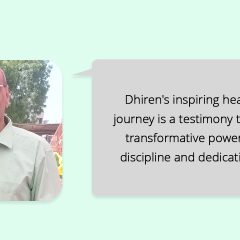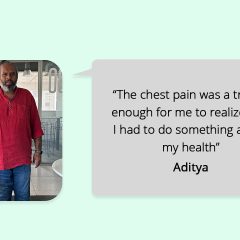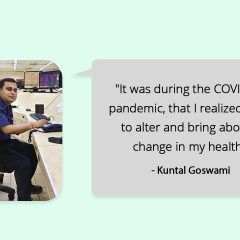
There is nothing in the world that spells summer better than an afternoon spent lounging by the pool with an icy cold beverage in hand! Like me, how many of you have been craving something chilled throughout the day? While the idea of consuming a refreshing summer drink is plagued with thoughts of weight gain and the fact that most of these drinks are loaded with sugar, we thought of a few drinks that are low on calories and high on health. Try these refreshing summer drinks to beat the heat!
1. Coconut Water
Coconut Water is a beautifying beverage worth sipping all year long! It’s slightly sweet taste is particularly refreshing during summer. In addition to guzzling coconut water post-hot yoga flow or mixing it in to your A.M. smoothies, there are many other ways to enjoy it. Think on a popsicle stick, in a pudding and what not. Try adding some crushed mint leaves and lime juice to usual coconut water to make it more interesting.
2. Peppermint Tea
Peppermint Tea is a delicious and relaxing beverage that has numerous health benefits. Whether you are preparing it from a tea bag or using fresh leaves, peppermint tea can be made in a matter of minutes. Introducing a batch of iced peppermint tea to a summer party is an invigorating experience! All you’ll need is:
- 3-5 mint tea bags (or 30 fresh peppermint leaves)
- 4 cups (32 ounces) water
- Lemon or honey to taste (optional)
3. Watermelon Lime Juice Cooler
This super refreshing Watermelon Lime Cooler is a great way to beat the heat on hot summer days. Best of all, it takes a few minutes to prepare.
What you need is:
- 2 cups chilled Watermelon chunks
- 1 tbsp Lime Juice
- Ice Cubes
- Few Basil or Mint Leaves
- 2 cups Seltzer or Club Soda (240ml)
Blend Watermelon chunks and Lime juice in a blender. Serve chilled.
4. Cucumber Mint Squash
Another tangy yet delicious drink loaded with detox properties. It is a perfect blend for a hot afternoon!
What you need is:
- Mint leaves – 1 cup
- Cucumber – 1/2 cup
- Lemon juice – 1 1/2 tbsp
- Water – 2 cup
- Honey – 1 tbsp to taste
- Salt – 1/2 tsp (to taste)
Blend everything in a blender. Add lemon juice after blending and mix it well. Filter the juice through a sieve and check the seasoning. Add if required. Serve chilled with ice cubes.
5. Strawberry Lemonade
There’s nothing that beats homemade lemonade, except adding strawberries to the mix!
What you need is:
- 2 cups fresh strawberries
- 3/4 cup freshly squeezed lemon juice, about 5 lemons
- Chilled Water
- 1 extra lemon, thinly sliced
Add strawberries and lemon juice to a blender and pulse until strawberries are liquid. Pour juice into a 1/2 gallon pitcher, add slices of lemon, and fill with chilled water. Don’t over fill pitcher with water, add just enough to make 1/2 gallon.
Try these delicious recipes out and let us know which ones were your favorites.
Were these recipes helpful? Want more? Get them here. You can also get these recipes directly from a GOQii Coach by subscribing for Personalised Health Coaching here.
#BeTheForce
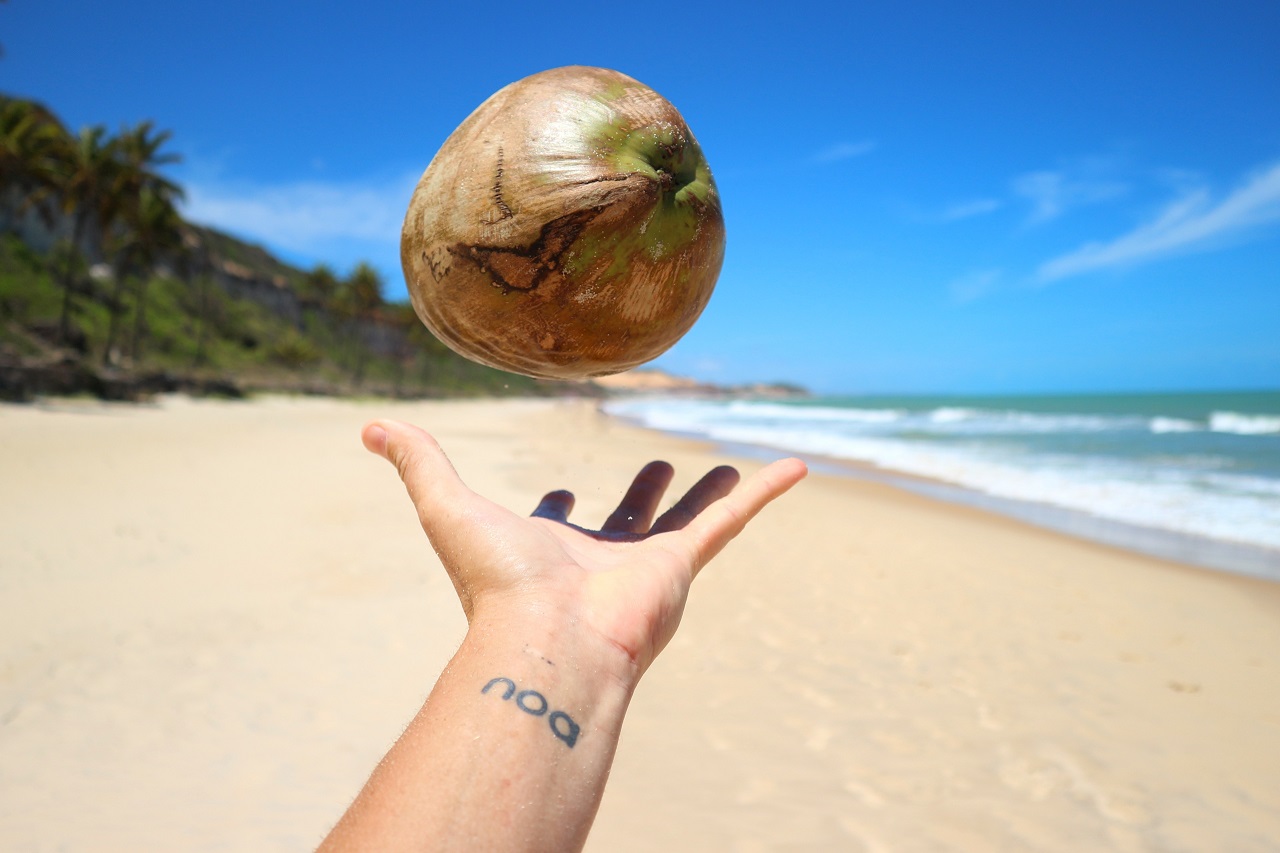
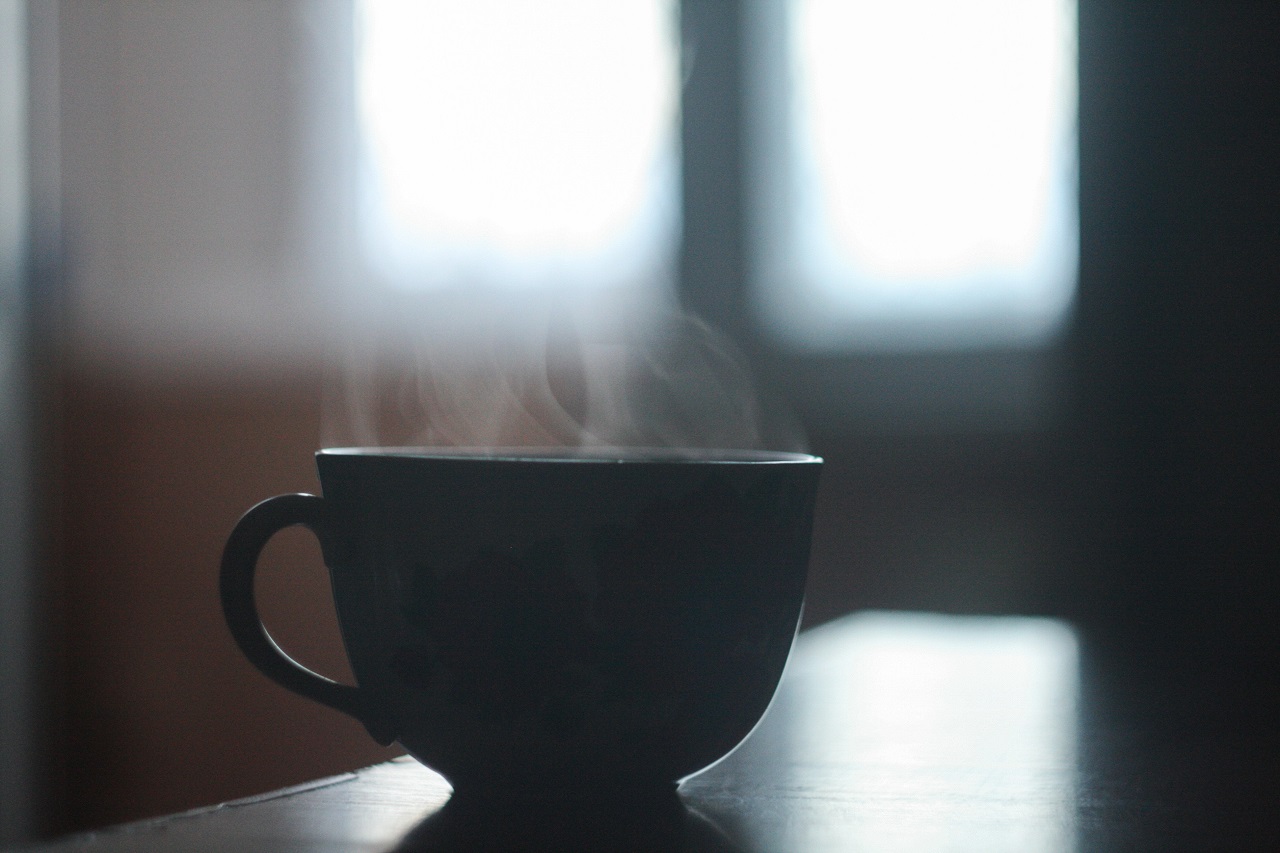
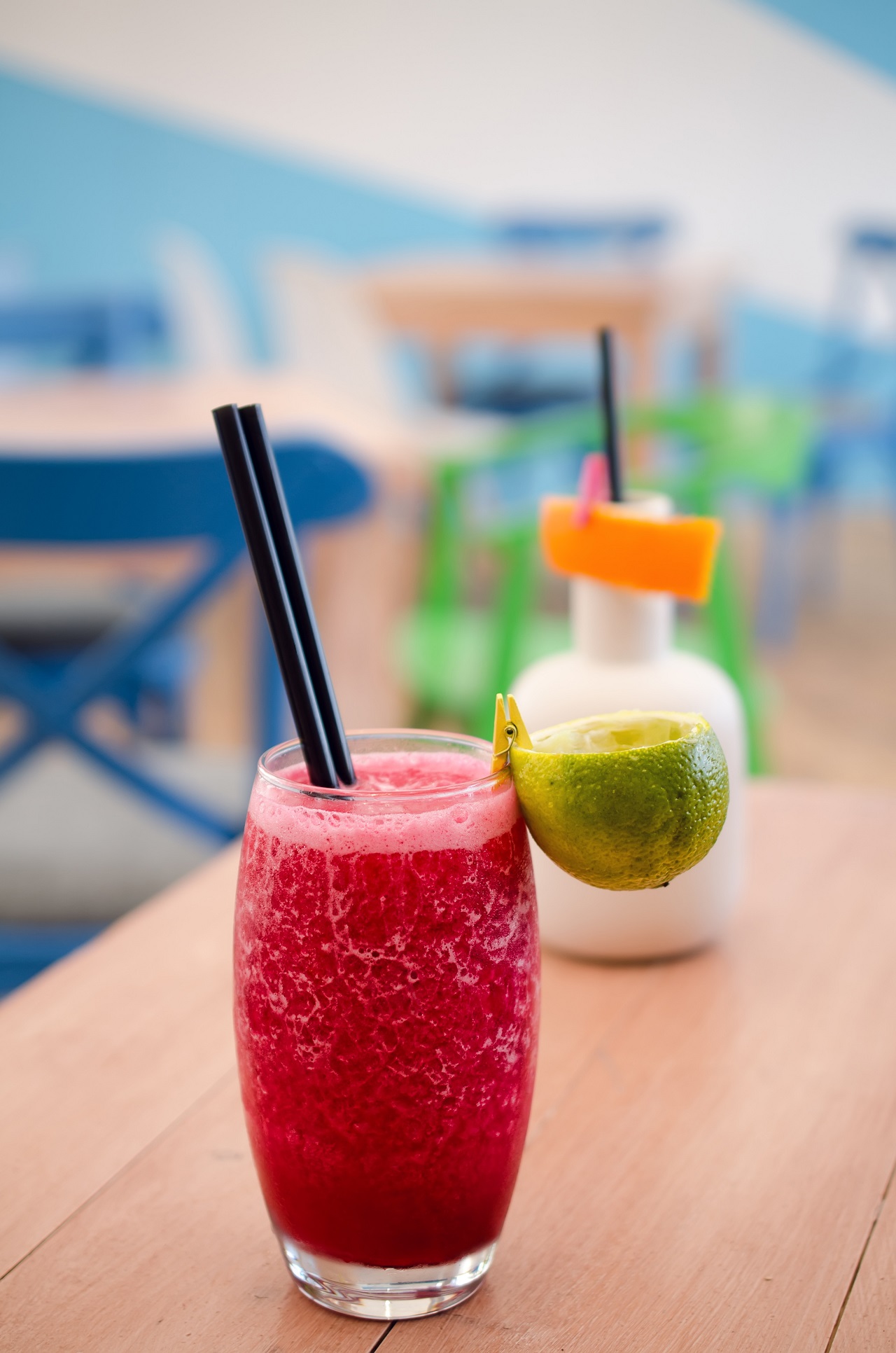
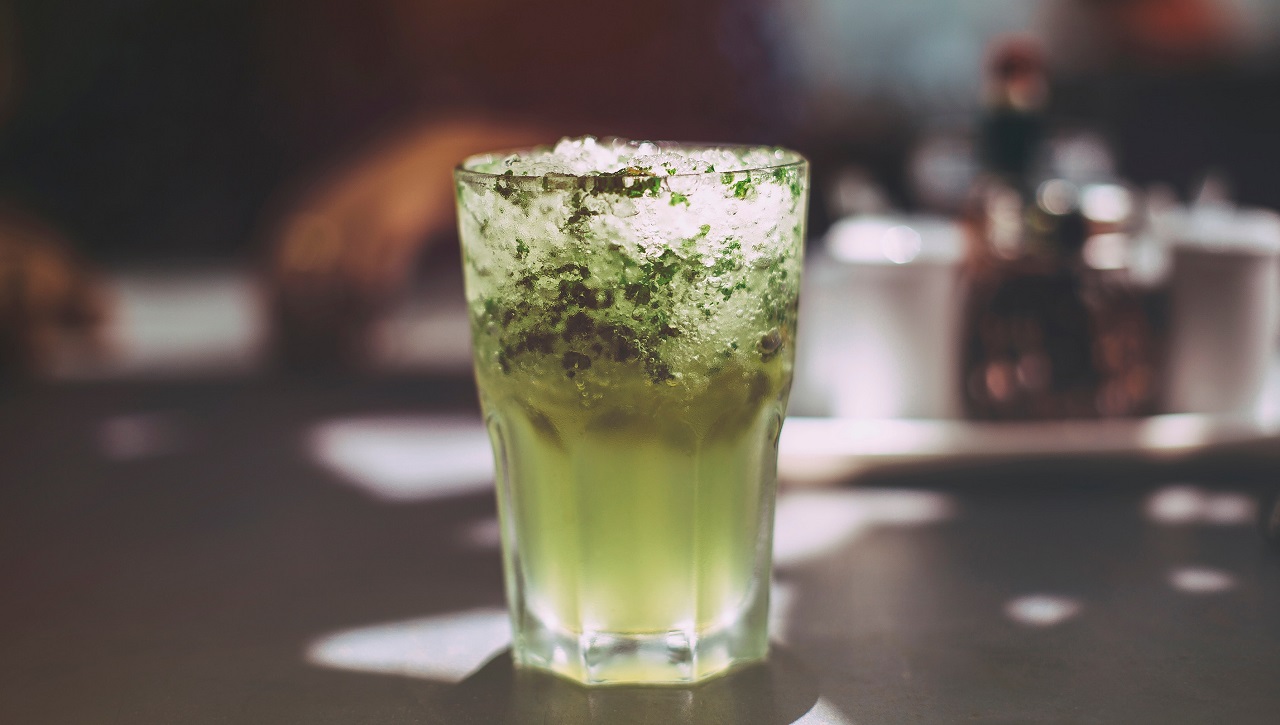
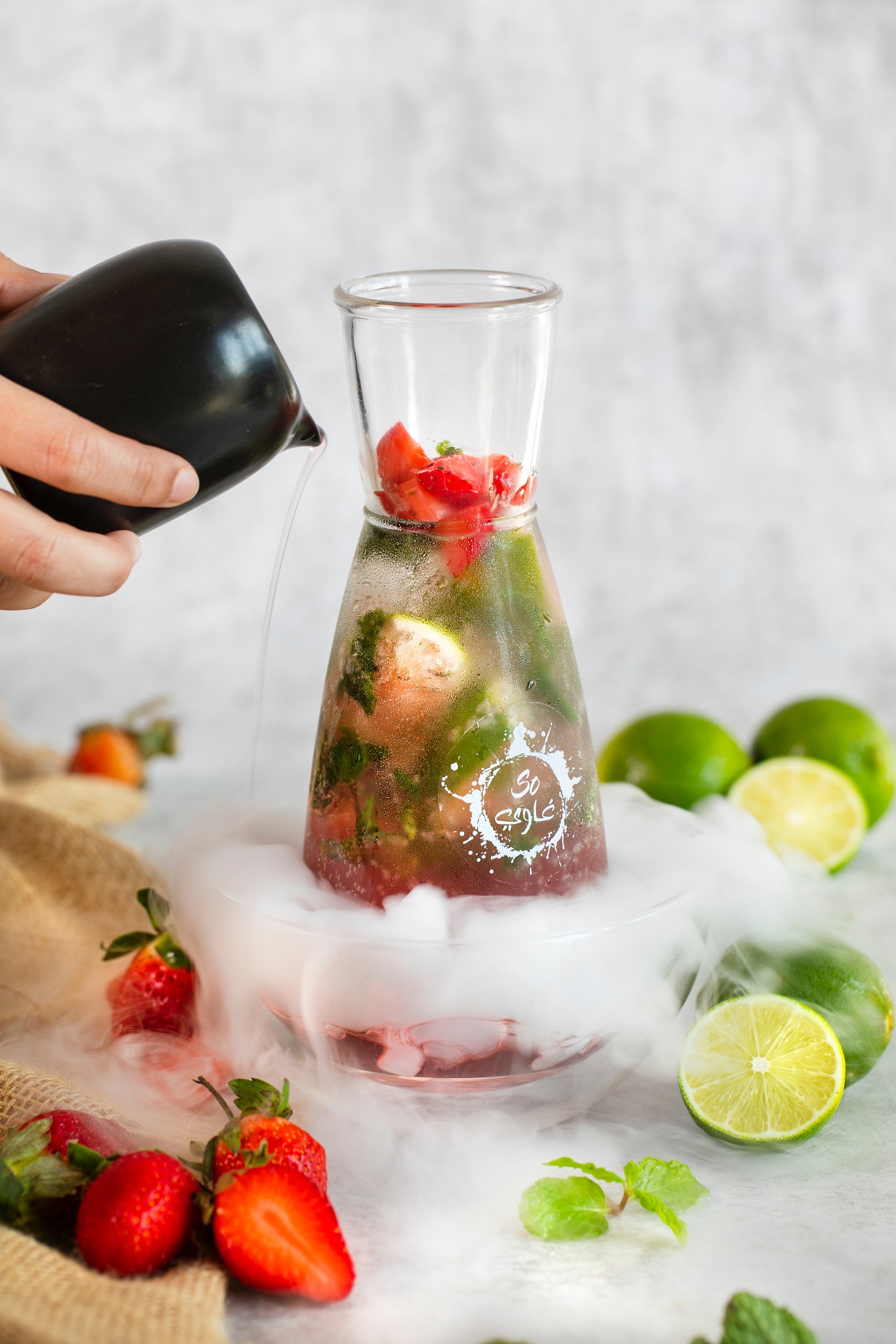
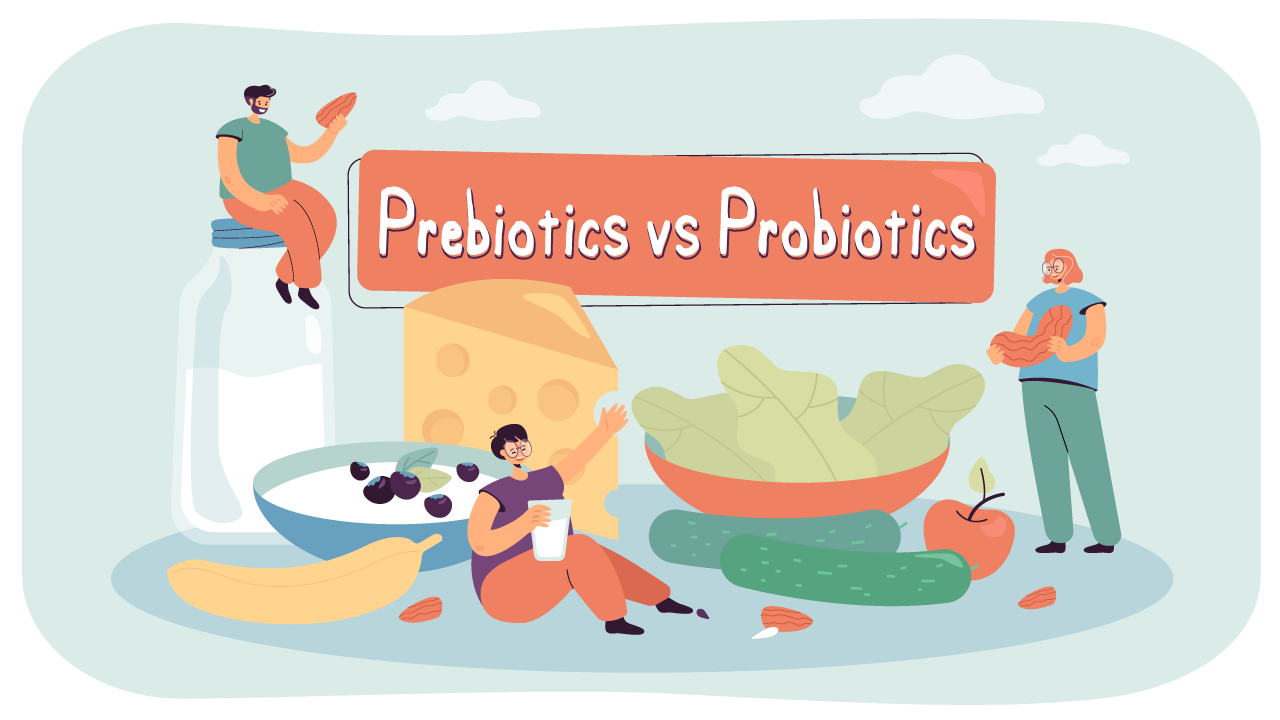
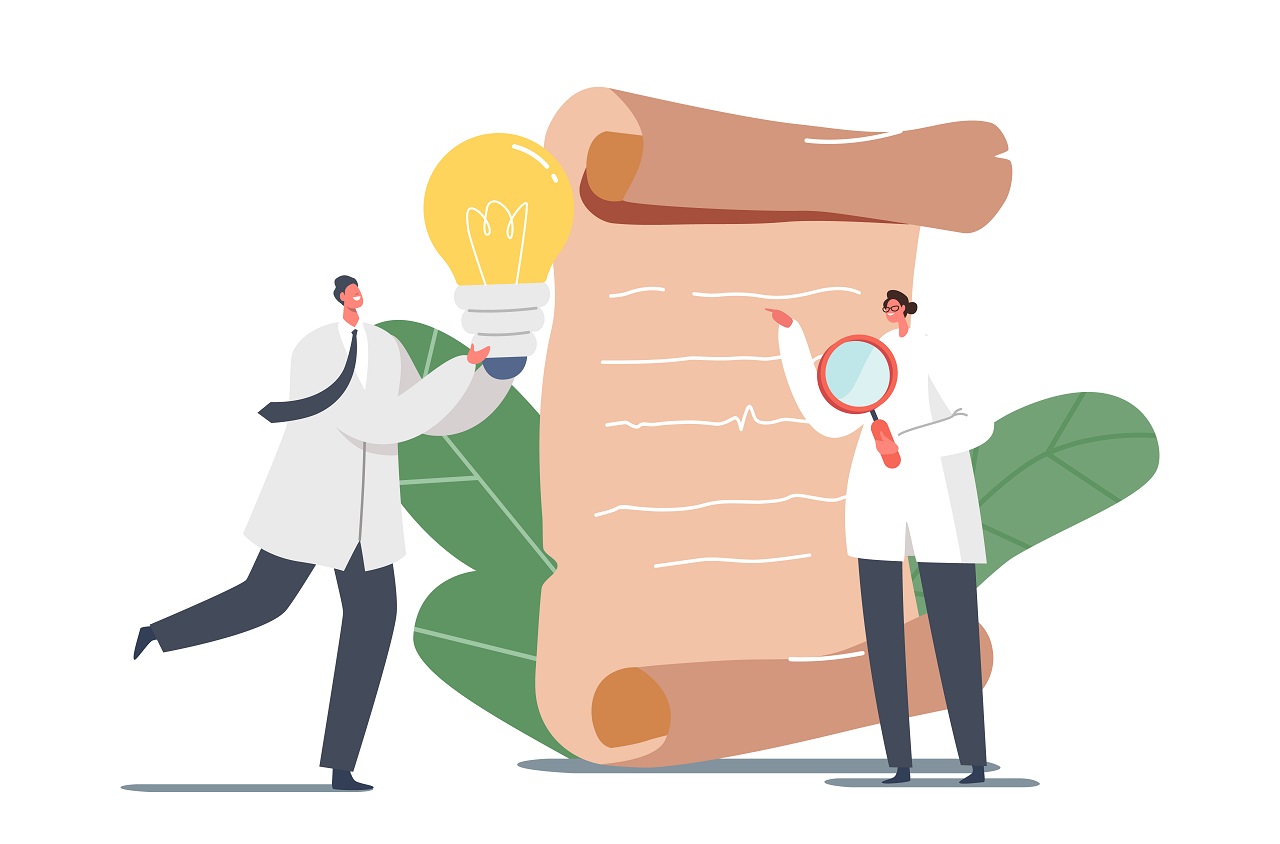 Gaining true, lasting health is all about identifying and healing from the root cause. You can do it, I can do it, and anybody can do it. Today’s changing lifestyle, ever-increasing pollution, adulterated foods and rising stress is silently harming our life in various unknown ways.
Gaining true, lasting health is all about identifying and healing from the root cause. You can do it, I can do it, and anybody can do it. Today’s changing lifestyle, ever-increasing pollution, adulterated foods and rising stress is silently harming our life in various unknown ways.
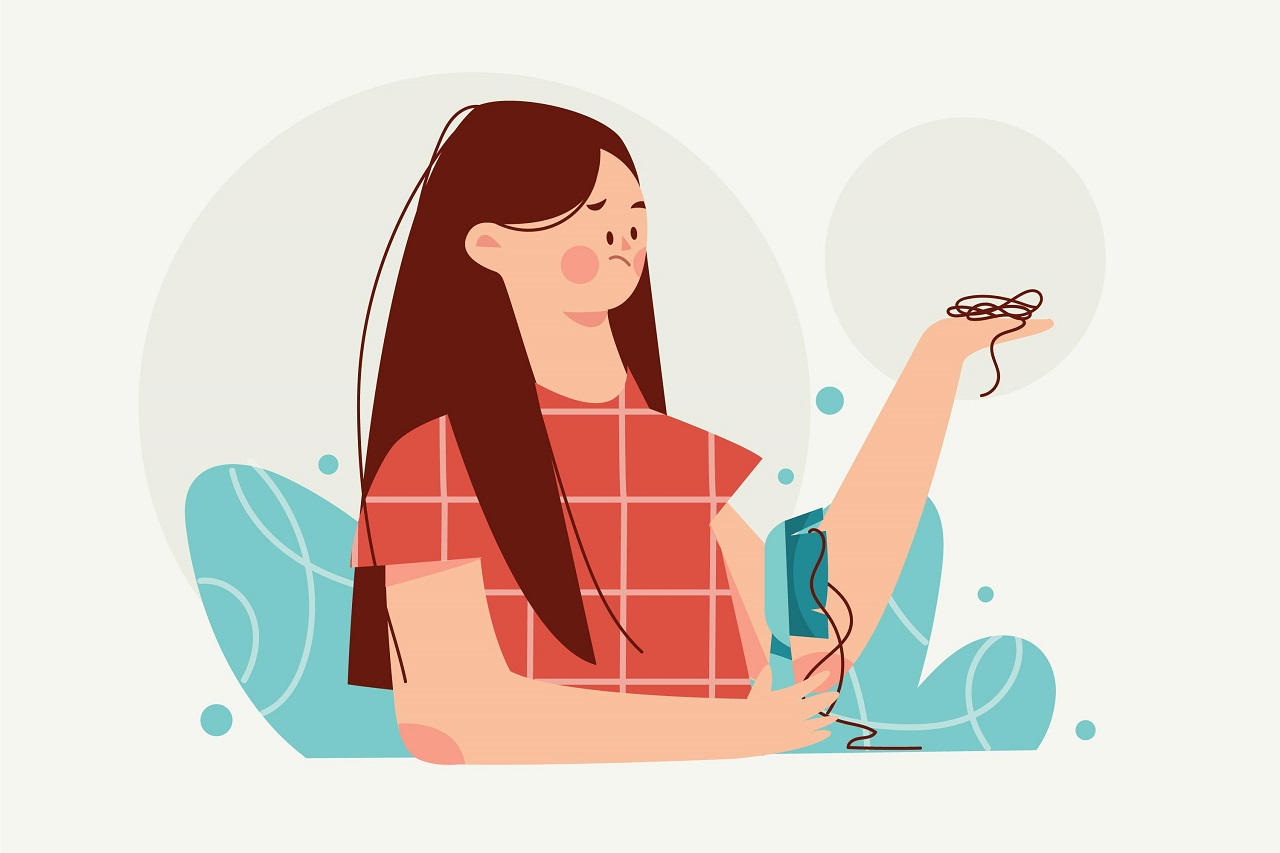 Most of the people see hair-fall as a result of the seasonal change, change of shampoo or oil. Very few know that it could also be an indication of a disease/or a medical condition. Examine your comb regularly. If there is hair-fall appearing more than normal, it could be due to underlying deficiency of iron or thyroid. Also, follow a good hair-care and wash routine.
Most of the people see hair-fall as a result of the seasonal change, change of shampoo or oil. Very few know that it could also be an indication of a disease/or a medical condition. Examine your comb regularly. If there is hair-fall appearing more than normal, it could be due to underlying deficiency of iron or thyroid. Also, follow a good hair-care and wash routine.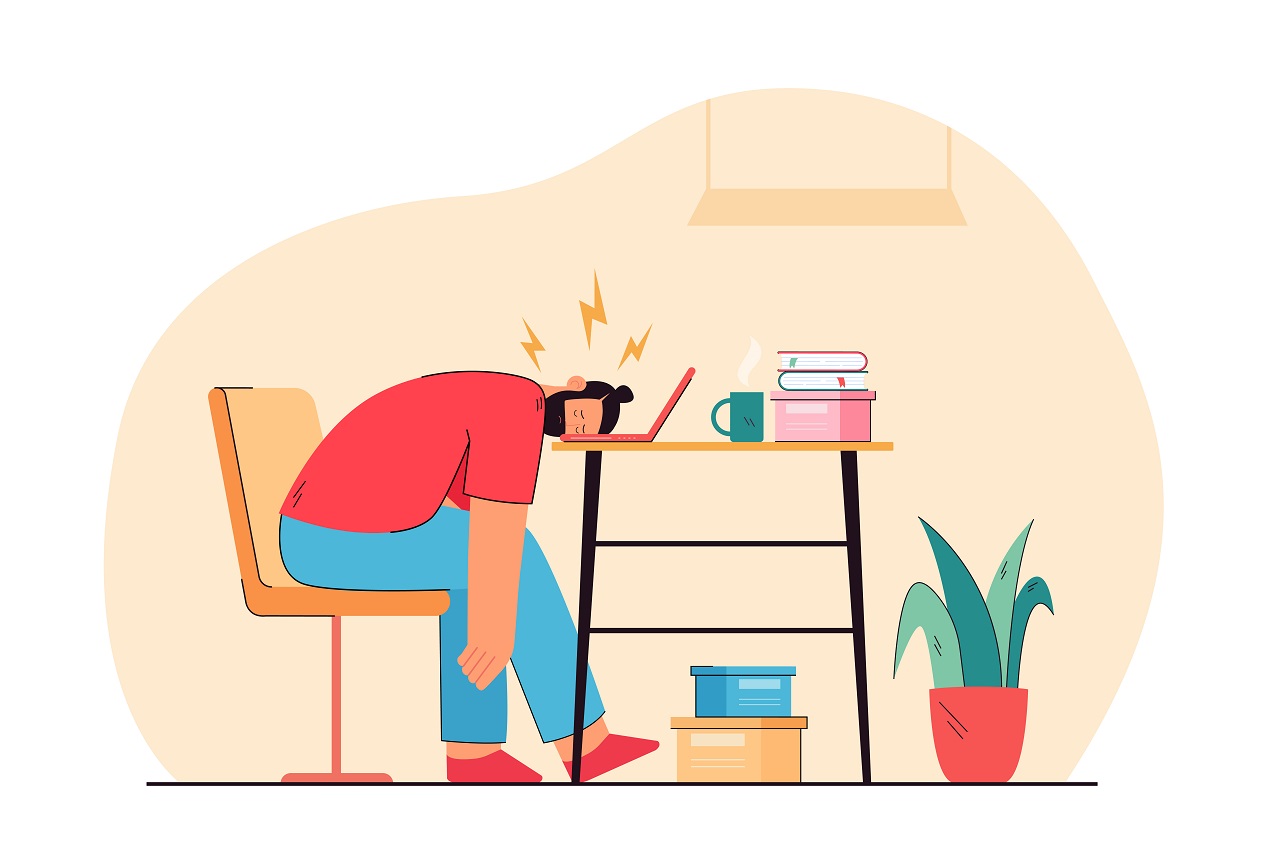 It’s normal to feel tired and all sleepy after a long day at work or a long journey. But, if you are
It’s normal to feel tired and all sleepy after a long day at work or a long journey. But, if you are 

